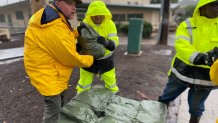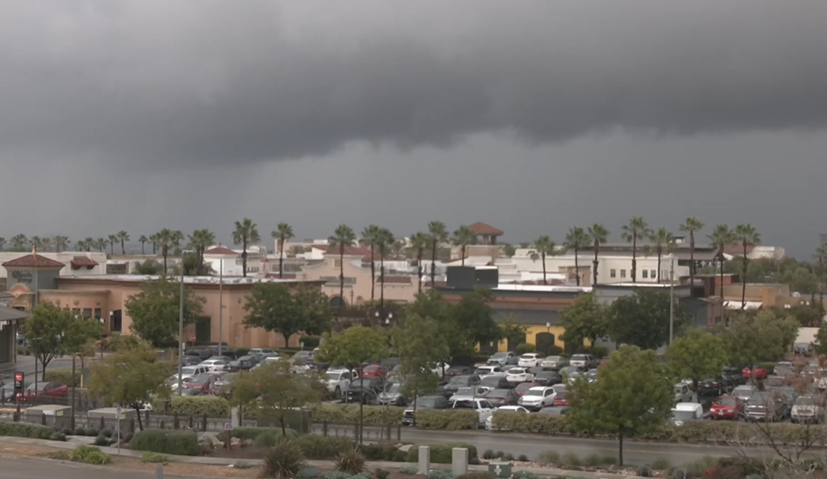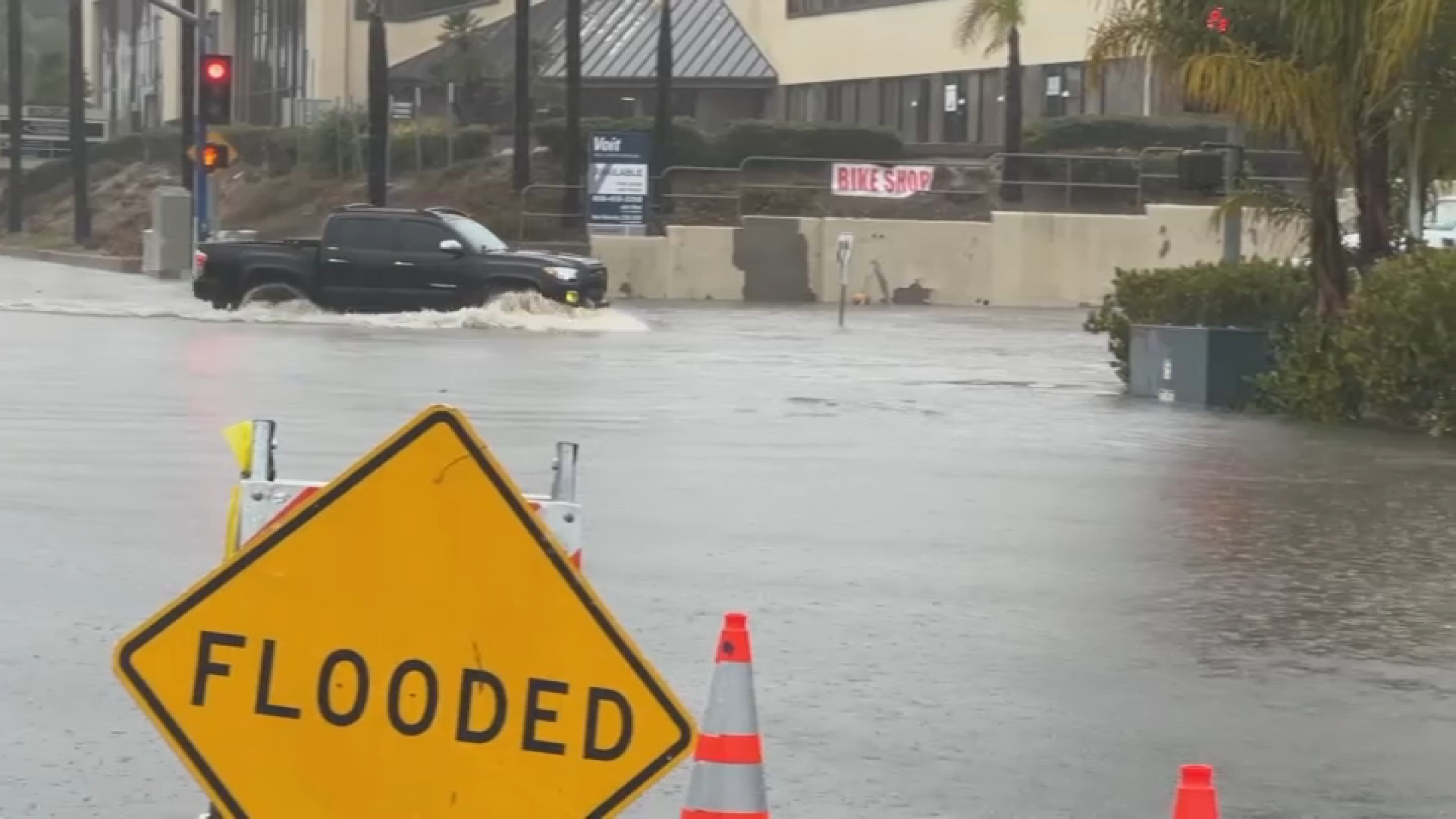The slow-moving storm system is expected to bring days of rain to San Diego this week.
San Diego County and California leaders are urging residents to prepare for this upcoming storm, advising residents to stay home if they can and avoiding areas that could flood if they must leave home.
This storm comes as many San Diego residents are still recovering from Jan. 22's devastating flooding.
"If you live in a flood-prone area, take necessary precautions, protect your family and property, have a plan and a go kit so you are ready," County Emergency Services Director Jeff Toney said.
Get top local stories in San Diego delivered to you every morning. Sign up for NBC San Diego's News Headlines newsletter.
More storm resources
How to stay safe in a storm
San Diego County officials advise these tips for staying safe:
- Monitor the weather and news to stay informed of the latest developments
- Register your cell phone here to receive alerts and updates on storm conditions
- Evacuate immediately if told to evacuate or if you feel unsafe. Groups should discuss where to reunite if separated since phone service might not be reliable. If evacuated, disconnect all electrical appliances, turn off electricity at the panel, gas service at the meter and water at the main valve
- Get to the highest level of a building if trapped. Get on the roof only if necessary and, once there, signal for help. Do not climb into a closed attic to avoid getting trapped by rising floodwater.
- Avoid walking, swimming or driving through flood waters
- Make plans for different times of the day to account for when family members are at work, school or other obligations
- Contact your healthcare provider if you are sick and need medical attention. Wait for further care instructions and shelter in place, if possible. If you are experiencing a medical emergency, call 911
The county is also urging residents to microchip their pets and have an evacuation plan for those animals and to not leave pets chained up outside during the storm.
Prepare in advance
Help prevent flooding
- Sweep and pick up trash, leaves, grass clippings and other debris that collect around storm drains and curb gutters near your home
- Place sandbags where necessary
- Keep the lid securely closed on the trash and recycle bins when placing them out on the street for collection. Place each bin approximately two to three feet away from the curb so as not to impede the stormwater flowing on the street
- Turn off irrigation to save water and minimize runoff
- Do not open or lift manhole covers in the event of street flooding
Plan an exit strategy
- Visit the FEMA Flood Map Service Center to find your official flood map, access a range of other flood hazard products, and take advantage of tools for better understanding flood risks.
- Know the safest routes to and from your home or property should flooding occur
- Sign up for Alert San Diego notifications for all your telephone numbers
- Slow down and do not drive, ride or walk through flood waters
Important online resources to keep you prepared
- Ready San Diego - A resource website for emergency preparedness in San Diego County.
- Ready (Federal) - A federal campaign that educates and empowers Americans to prepare for and respond to emergencies, such as natural and man-made disasters.
- Flood Preparedness - A California Department of Water Resources page to help residents prepare for a flood.
- California Office of Emergency Services - A State of California website that provides information on potential natural hazards that may exist in your area, such as earthquakes, fires, floods, and tsunamis.
Residents can report events, such as flooding or downed trees, by using the Get It Done application or by calling 619-527-7500. If it is a life-threatening emergency, call 911.
Get sandbags at these locations
Several cities and organizations are offering free sandbags to residents. For a full list of locations in various cities, as well as incorporated and unincorporated San Diego, click here.

Don't drive through standing water
CHP officers responded to an astounding 1,800-plus calls during last week's storm, 700 more than the week before.
Drivers are being urged to avoid flooded areas and, if they can't, to exercise extreme caution driving through standing water. Also, before you drive, check your route before leaving so you can be aware of any road closures. Then, once you’re on the road, make sure your headlights and windshield wipers are on — and slow down!
“... slow down, be patient and then be observant of the existing road conditions," Caltrans Division chief Shawn Rizutto told NBC 7. "You can't go the speed limit. Whenever you're in a torrential downpour, you have to slow down. So, there's hydroplaning, all of those things. Make sure that your car is in good operating condition. That's another thing. If you have tires that don't have good tread, then you're not going to have good traction."
Anlleyn Venegas, an expert with AAA said drivers should never go through standing water.
“Driving into flooded areas or freeways could really damage someone’s vehicle, but also it can place them in danger, most of the time is hard to tell how deep the water is on the road so don’t just don’t drive into a large water covered area,” Venegas said.
Simple rule: If you encounter a flooded road, turn around or back up if at all possible. If you've gone too far and your vehicle is no longer operational, call 911 and wait for help to arrive.
Caltrans, with crews on call 24/7, will begin storm patrol on Wednesday and are urging county residents to call 911 if they encounter a flooded road.
City News Service contributed to this report — Ed.




